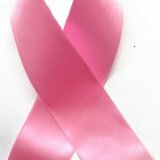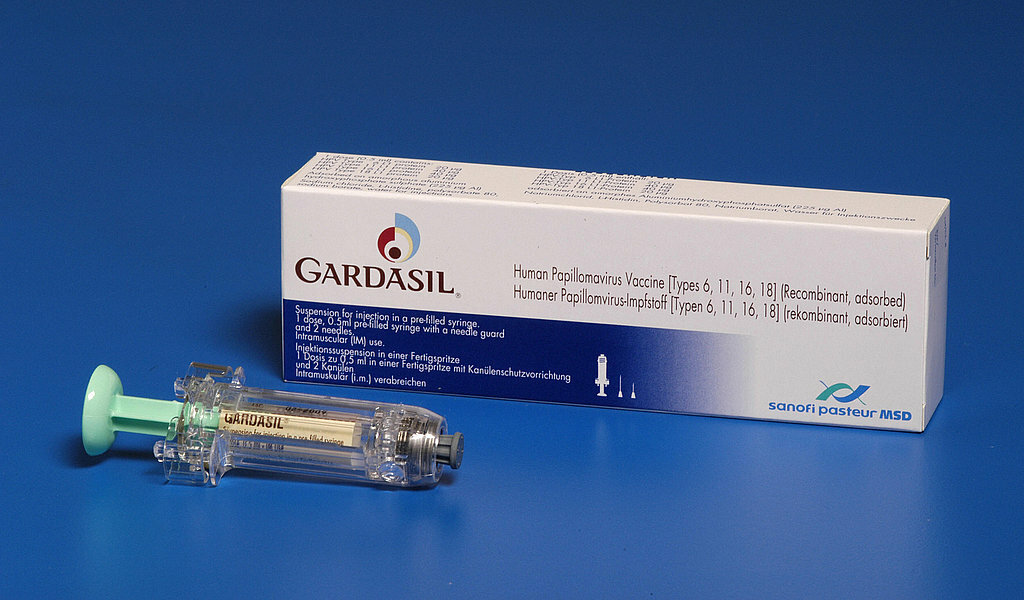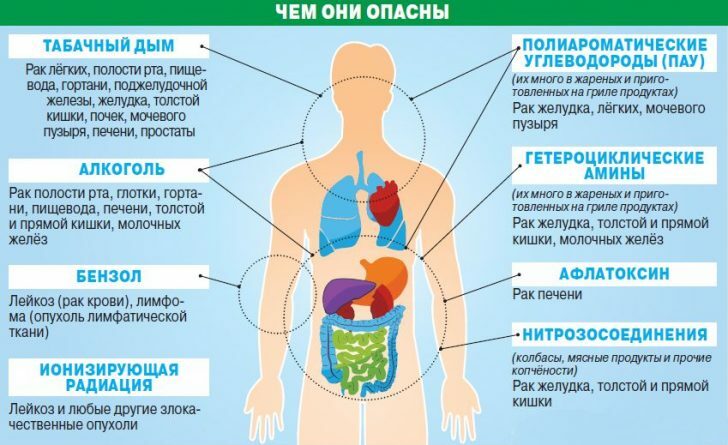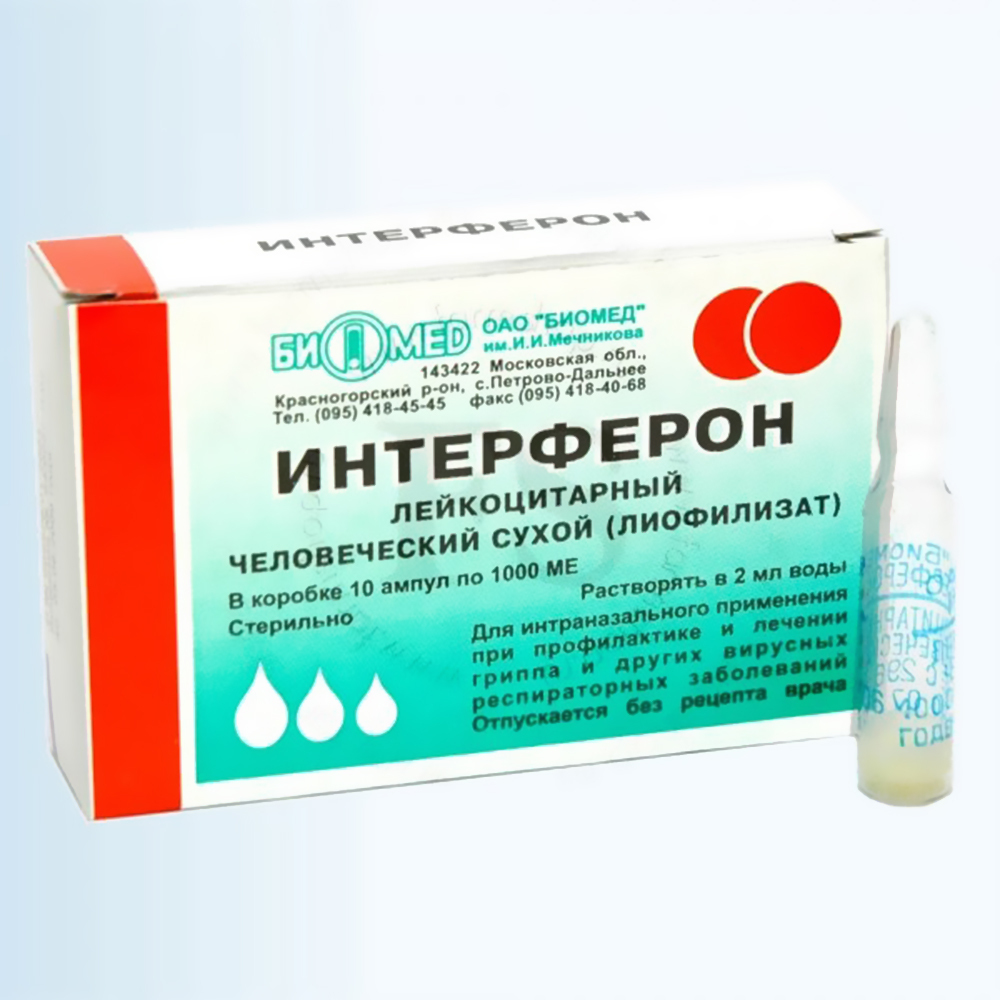Breast cancer at risk
 Breast cancer is a disease common among women. A tumor is diagnosed in every eighth woman. At the same time, the risk of developing the disease increases with age, at times. There are many reasons for the development of the disease. Each article is considered in detail in this article.
Breast cancer is a disease common among women. A tumor is diagnosed in every eighth woman. At the same time, the risk of developing the disease increases with age, at times. There are many reasons for the development of the disease. Each article is considered in detail in this article.
Breast cancer is a type of cancer that occurs in the tissues of the breast. There are two main types of breast cancer. The first type begins in the canals that carry milk from the glands to the nipple. Most breast cancers are of this type. Another type of cancer occurs when the tumor develops in the mammary gland itself, namely in those lobules where milk is produced. In rare cases, other tumor localizations are possible.
Many types of breast cancer are sensitive to the hormone content of estrogen in the blood. Estrogen causes tumor growth and development.
Some women have what is called HER2-positive breast cancer. HER2 is a gene that helps cells grow, divide and recover themselves. When cells have too many copies of this gene, they - including cancer cells - grow faster. Experts believe that in women with HER2-positive breast cancer the disease is more aggressive and the risk of early relapse is high.
Breast cancer has other names. For example, carcinoma of the milk ducts, focal carcinoma, etc.
During the life of each of the eight women, breast cancer is diagnosed.
Risk groups.
There are different risk groups for cancer.
Age and gender.
Risks of tumor development grow with age. Most advanced cases of breast cancer are observed in women older than 50 years. Men also have a chance of developing a tumor, but are hundreds of times lower and similar to female disease only by localization.
Family Relationships.
The risk of developing breast cancer is significantly higher if the family has relatives with the disease or the like. If your close relative had breast, uterus, ovarian or colon cancer, then in 20% of cases you can also develop a tumor.
Genes.
Some people have genes that make them more prone to developing breast cancer. The most common defects are found in the BRCA1 and BRCA2 genes. These genes in the normal state produce proteins that protect you from the development of the tumor. But if the parent passes the defective gene, then you have a chance of developing cancer. In women, it reaches 80%.
Menstrual cycle.
Women who have the first menstruation at an early age( up to 12 years), and women who start menopause at a later age( over 55) have an increased risk of developing breast cancer.
Drinking alcohol.
Drinking one or two glasses of alcohol a day increases the risk of developing breast cancer by 20%.
Childbirth.
Women who have never had children, as well as those who have started them over the age of thirty, have an increased risk of developing breast cancer. A single or multiple pregnancy reduces the risk by 30%.
Hormone replacement therapy( HRT)
You may find yourself at an increased risk of developing breast cancer if you have been taking hormone replacement therapy for several years. HRT is used by many women to reduce the symptoms of menopause.
Obesity.
Obesity can be associated with breast cancer, although this connection is rather controversial. In theory, in the body of women with obesity, more estrogen is produced, which, as already mentioned, leads to the development of cancer.
Radiation exposure.
If you have undergone radiotherapy in the thoracic area, then you are also at risk. Age in this case is important. If therapy was carried out at a younger age, then the risks increase significantly.
Rare, but, nevertheless, existing risk factors are breast implants, the use of antiperspirants, wearing bras on bones.
There is no evidence of any connection between the development of breast cancer and abortion.
Treatment of breast cancer.
In general, treatment depends on many factors, including the type and stage of cancer, the dependence of cancer on certain hormones.
Usually treatment includes chemotherapy to destroy cancer cells, radiation therapy and surgical intervention to remove cancer tissue in extreme cases. The operation that is performed in this case is called lumpectomy or mastectomy. In the first case, only the tumor is removed, in the second - the entire breast
There are other methods of treatment. This, for example, hormone therapy. In this case, with the help of drugs, attempts are made to block the production of dangerous hormones that contribute to the development of cancer.
For example, hormone therapy uses tamoxifen. This drug blocks the action of estrogen, which can help breast cancer cells grow and survive.
Cancer treatment can be local or systemic.
Local treatment is used only in the area of the disease. These are local radiotherapy and surgical intervention. Systemic treatment affects the whole body. Chemotherapy is one of the types of systemic treatment.
Often combine several treatments. For women with breast cancer I, II, III stage, the goal is to treat cancer and its inability to return in the future. For women with stage IV cancer, the goal of treatment is to improve the condition, eliminate symptoms. In most cases, the IV stage of breast cancer can not be cured.
At an early stage, treatment usually involves a lumpectomy or mastectomy. There is some controversy in choosing the treatment method for
Lampectomy plus radiotherapy or mastectomy with removal of lymph nodes is used at stages I and II.This is a standard treatment. Hormone therapy, chemotherapy and biological therapy can also be recommended after surgery.
Stage III includes an operative intervention, followed by chemotherapy and hormone therapy.
Treatment in stage IV may include surgery, radiation therapy, chemotherapy, hormonal therapy, or a combination of all treatments.



